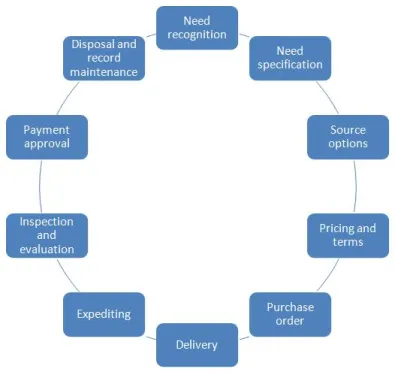Standardized Process vs. Flexible Process: Finding the Right Balance
- donnariekepro
- Jul 3, 2024
- 3 min read
In the realm of business operations, the debate between standardized processes and flexible processes often sparks discussions about efficiency, adaptability, and innovation. Each approach offers distinct advantages and challenges, making it essential for organizations to strike a balance that aligns with their goals and operational needs. Here’s a closer look at the differences between standardized and flexible processes and how businesses can find the optimal balance between the two.
Standardized Processes: Consistency and Efficiency
Standardized processes involve creating uniform procedures and protocols that govern how tasks are performed within an organization. The primary goals of standardization are consistency, quality control, and efficiency.
Benefits of Standardized Processes:
Consistency: Standardization ensures that tasks are executed uniformly, regardless of who performs them. This consistency reduces variability in outcomes and enhances reliability in product or service delivery.
Efficiency: By establishing clear guidelines and best practices, standardized processes streamline workflows and minimize wastage of time and resources. Employees can perform tasks more efficiently since they follow established procedures.
Quality Control: Standardization helps maintain high standards of quality by reducing errors and ensuring adherence to predefined criteria. This is particularly crucial in industries where precision and reliability are paramount.
Scalability: Standardized processes provide a scalable framework that supports organizational growth. As operations expand, standardized procedures facilitate consistency and control across different locations or departments.
Flexible Processes: Adaptability and Innovation
Flexible processes, on the other hand, prioritize adaptability and responsiveness to changes in internal and external environments. These processes are designed to accommodate variations in tasks, conditions, and stakeholder needs.
Benefits of Flexible Processes:
Adaptability: Flexible processes allow organizations to respond quickly to changes in market demands, customer preferences, or technological advancements. This agility is critical for staying competitive in dynamic industries.
Innovation: Flexibility encourages creativity and innovation by empowering employees to experiment with new ideas and approaches. It fosters a culture of continuous improvement and adaptation to evolving trends.
Customization: Flexible processes can be tailored to meet specific project requirements or client preferences. This customization enhances customer satisfaction and strengthens relationships with stakeholders.
Risk Management: The ability to adjust processes in real-time helps mitigate risks associated with unforeseen challenges or disruptions. Organizations can navigate uncertainties more effectively by leveraging flexible strategies.
Finding the Right Balance
While both standardized and flexible processes offer distinct advantages, finding the right balance between the two is crucial for maximizing operational efficiency and adaptability. Here are key strategies to achieve this balance:
Assess Operational Needs: Evaluate the nature of your business, industry requirements, and customer expectations to determine where standardization is essential for consistency and where flexibility can drive innovation.
Prioritize Core Processes: Identify core operational processes that require standardization to maintain quality and efficiency. These foundational processes form the backbone of organizational stability and reliability.
Embrace Modularization: Break down complex processes into modular components. Standardize core modules that require consistency while keeping peripheral modules flexible to accommodate variations.
Continuous Improvement: Foster a culture of continuous improvement that integrates feedback and insights from both standardized and flexible processes. Use data-driven analytics to refine strategies and optimize outcomes.
Training and Empowerment: Equip employees with the skills and autonomy to navigate between standardized procedures and flexible approaches. Provide training on when to adhere to guidelines and when to innovate.
Conclusion
In conclusion, the debate between standardized processes and flexible processes should not be viewed as an either-or proposition but as a quest for synergy and harmony within organizational operations. Standardization ensures reliability and efficiency, while flexibility promotes adaptability and innovation. By finding the right balance between these approaches, businesses can achieve sustainable growth, customer satisfaction, and competitive advantage in an evolving marketplace. Striking this balance requires strategic planning, continuous evaluation, and a commitment to leveraging the strengths of both standardized and flexible processes to drive organizational success. SITES WE SUPPORT
SOCIAL LINKS




Comments